
First and Only Weekly Online Fanzine Devoted to the Life & Works of Edgar Rice Burroughs Since 1996 ~ Over 15,000 Web Pages in Archive presents Volume 3197a |

First and Only Weekly Online Fanzine Devoted to the Life & Works of Edgar Rice Burroughs Since 1996 ~ Over 15,000 Web Pages in Archive presents Volume 3197a |
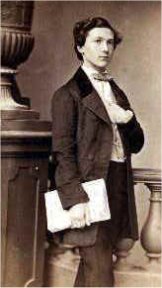
Age 16 |
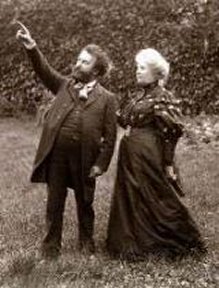
Camille and Sylvie |

Camille Flammarion (1842-1925), and his wife, Gabrielle (1880-1962) |
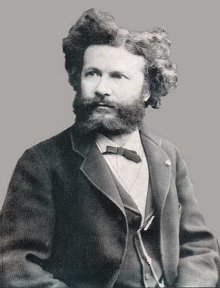 |
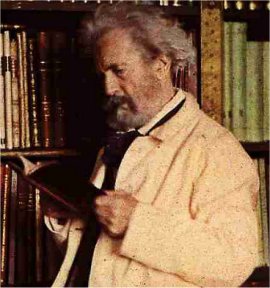 |
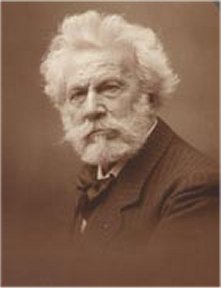 |
 |
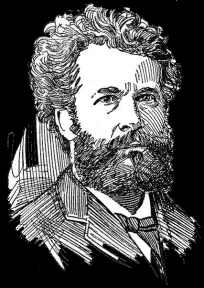 |
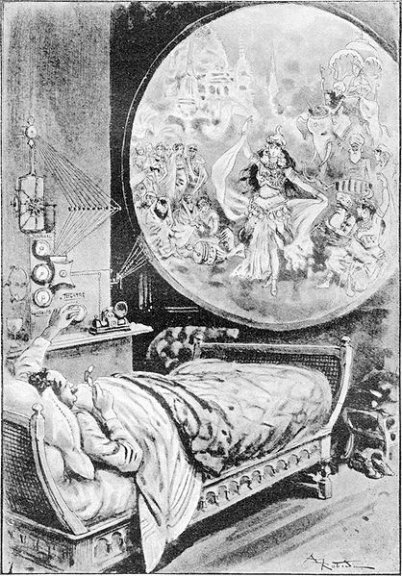
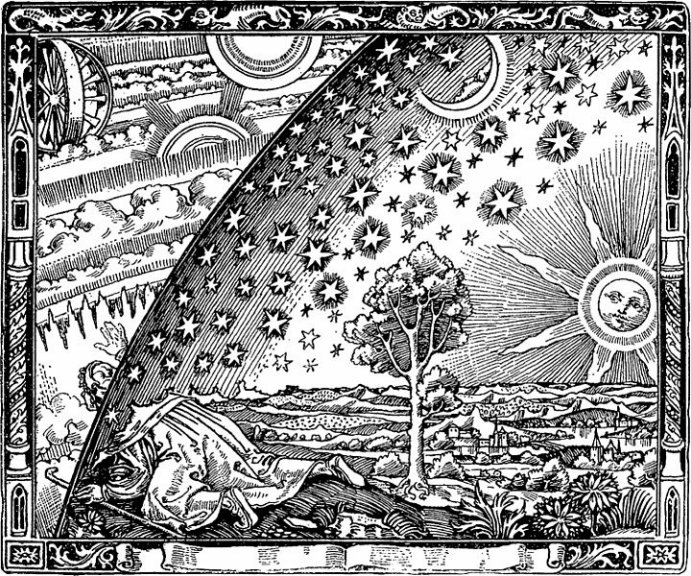 |
A Flammarion wood engraving by an unknown artist that first appeared in Camille Flammarion's L'atmosphère: météorologie populaire (1888). The image depicts a man crawling under the edge of the sky, depicted as if it were a solid hemisphere, to look at the mysterious Empyrean beyond. The original caption translates to "A medieval missionary tells that he has found the point where heaven and Earth meet..." |
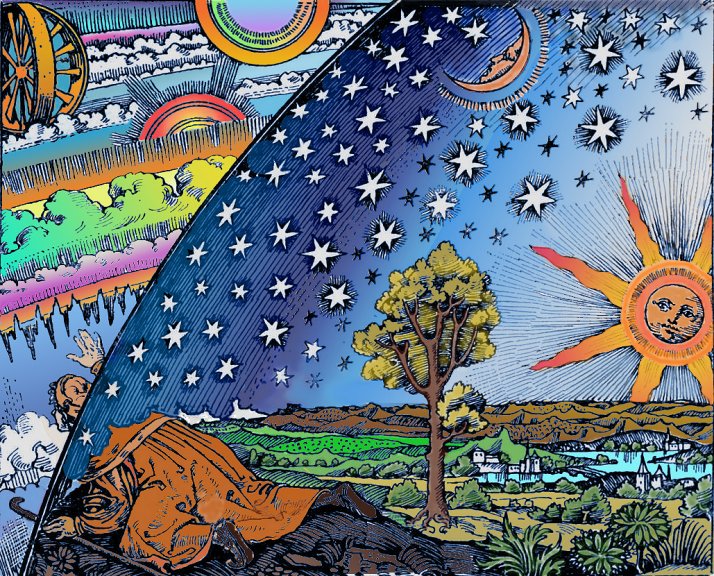 |
"What intelligent being, what being capable of responding emotionally to a beautiful sight, can look at the jagged, silvery lunar crescent trembling in the azure sky, even through the weakest of telescopes, and not be struck by it in an intensely pleasurable way, not feel cut off from everyday life here on earth and transported toward that first stop on the celestial journeys? What thoughtful soul could look at brilliant Jupiter with its four attendant satellites, or splendid Saturn encircled by its mysterious ring, or a double star glowing scarlet and sapphire in the infinity of night, and not be filled with a sense of wonder? Yes, indeed, if humankind — from humble farmers in the fields and toiling workers in the cities to teachers, people of independent means, those who have reached the pinnacle of fame or fortune, even the most frivolous of society women — if they knew what profound inner pleasure await those who gaze at the heavens, then France, nay, the whole of Europe, would be covered with telescopes instead of bayonets, thereby promoting universal happiness and peace." — Camille Flammarion, 1880 |
|
|
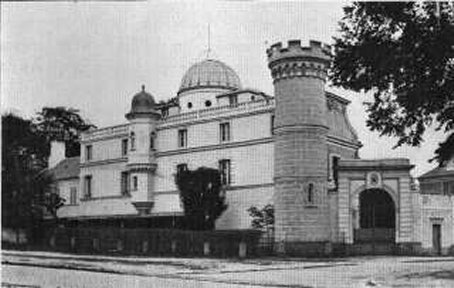
Flammarion Observatory at Juvisy (west side) |
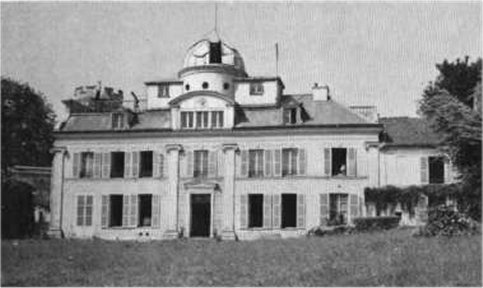
Flammarion Observatory (east side) |
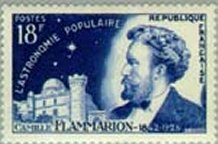

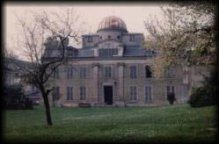
Observatory Today |
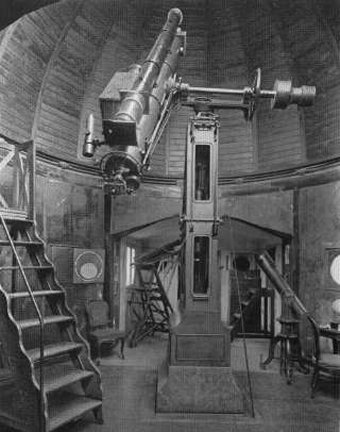
Flammarion Observatory Interior |
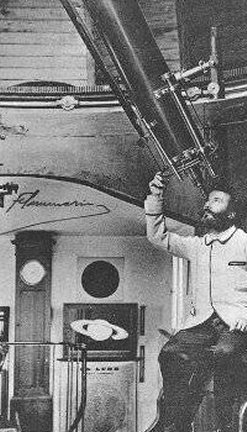
Astronomer Flammarion |
MAPS
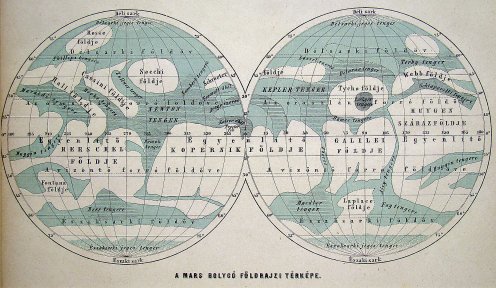
Flammarion's map with Hungarian nomenclature.c.1880 |
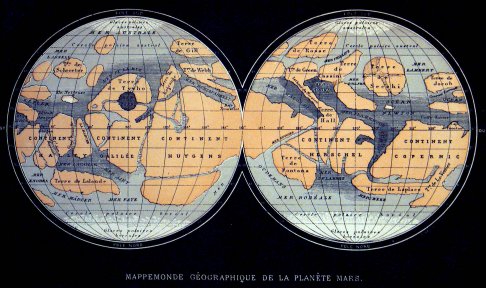
Map as appeared in Terres du Ciel, 1884 |
MARS GLOBES
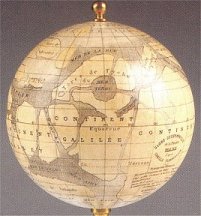
Flammarion Mars Globe 1884 |
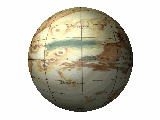
ERB's Barsoom |
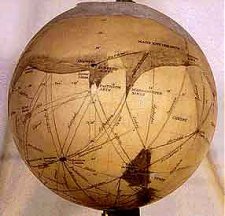
Lowell Globe |
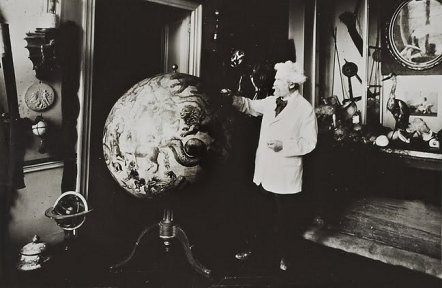
Camille Flammarion and His Celestial
Globe, circa 1905
.
FAMOUS CRATERS
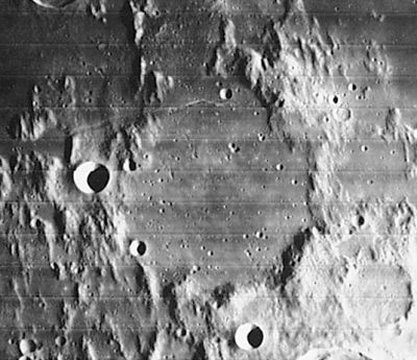
Flammarion Crater on the Moon Lat: 3.4°S, Long: 3.7°W, Diam: 74 km, Depth: 1.51 km |
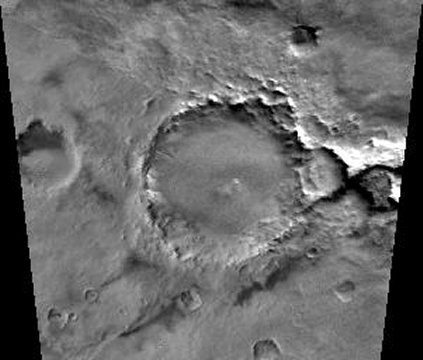
Burroughs Crater On Barsoom (Mars) 72.5S 243.1W Lat/Long ~104.0 km diameter |
|
|
WEB REFS
The Flammarion Entry
in the ERB Library Project
Flammarion
Wikipedia Entry
Internet
Encyclopedia of Science
![]()

![]()
BILL
HILLMAN
Visit
our thousands of other sites at:
BILL
AND SUE-ON HILLMAN ECLECTIC STUDIO
ERB
Text, ERB Images and Tarzan® are ©Edgar Rice Burroughs, Inc.-
All Rights Reserved.
All
Original Work ©1996-2011/2017 by Bill Hillman and/or Contributing
Authors/Owners
No
part of this web site may be reproduced without permission from the respective
owners.